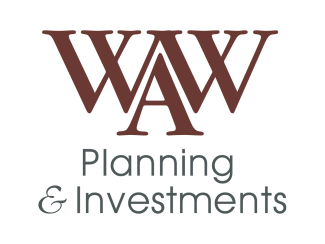Planting Corn in October
Growing up in Indianapolis, I knew very little about what went on outside the city limits and absolutely nothing about farming. When I worked as a stock broker in Logansport, though, I had several farmers as customers and began to learn about their lives. To a person, they loved the land. Most would never consider leaving it, even though it can be a demanding and sometimes uncertain way to make a living.
Most of my customers had learned farming from their parents and grandparents but today, Purdue University’s College of Agriculture offers more than forty agriculture-related majors and a similar number of graduate programs. Regardless of whether a farmer is college-educated or learned the trade growing up on the land, one of the most basic decisions which must be made is when to plant. Corn is Indiana’s number one agricultural commodity with Hoosier farmer’s planting about six million acres of it every year. Although the planting season varies with the area of the state, it is commonly planted in mid-spring and harvested in early fall. Stretching my understanding of farming to the limit, here’s a question: After harvesting an unusually good crop, do you suppose a farmer would seriously consider replanting corn in October since it had done so well from May to September? After all, it worked once so maybe it would again.
As unsound as this approach might seem, many individuals make investment decisions using just that logic. Since most people haven’t had the education and/or don’t have time to dig into the details, recent performance becomes the primary reason for selecting an investment. In fact, the number of stars in their ranking often takes precedence over all other factors.
Many investors don’t realize that the investing climates can change, just as weather does for farmers. A current example is the huge movement of investment dollars into bond funds. Readers of my recent teeter-totter article will remember that as interest rates fall, the value of the bonds themselves rises. As we’ve watched rates decline to nearly zero the past couple of years, it’s no wonder that bond funds have been very successful, generally outpacing stock funds in 2009 and the first half of 2010. Since many people were taught that bonds are safer than stocks and the category has been doing so well, why not buy more?
In fact, that’s exactly what an enormous number of investors have done. Year-to-date, individuals have withdrawn over $40 billion from stock-oriented funds and invested $160 billion in bond funds. With rates currently at generational lows, which way are they most likely to move? If it’s further down, bond funds will continue to do well, earning additional gains from falling rates. On the other hand, if rates go up, investors could very easily lose more through falling bond values than they earn from today’s low interest rates. The newest bond fund buyers will probably hold onto their investment to see if the reversal is just temporary, since recent results have been the opposite. Eventually, though, history shows us that investors will begin to sell those funds, requiring managers to sell individual bonds. This, of course, forces prices down further and leads to greater losses for all remaining share owners.
Commentators have a way of projecting the present situation far into the future, frequently making forecasts based on a continued orderly progression along the current trajectory. As regular readers know, our approach to investing is pretty much the opposite. We take a very broad look at the world’s economies, searching for opportunities which may be exploited. I have studied hundreds of years of interest rate data and know that rates move in cycles, meaning they’re almost certain to rise again. That may make new investments in individual bonds more appealing but it will certainly have a negative effect on that $160 billion in recent fund purchases. Just as we reduced our clients’ exposure to tech stocks in the late 1990’s, we have been adjusting their bond fund holdings for the past twelve months.
Being a city boy, I know even less about duck hunting than I do about farming but I’d like to close this article with an aphorism that may help illustrate my point. Rather than aiming for where the duck was (considering only past performance) or where it is right now (depending on the most recent star rating), a hunter needs to aim where the duck will be. That offers the only chance to have duck for dinner. Duck hunting and investing are alike in that way – even when the future can’t be known with certainty, there’s little point in aiming at the past. That simple illustration is a pretty good definition of Warren Ward Associates’ investment approach and it’s one we recommend to all investors, clients or not.

